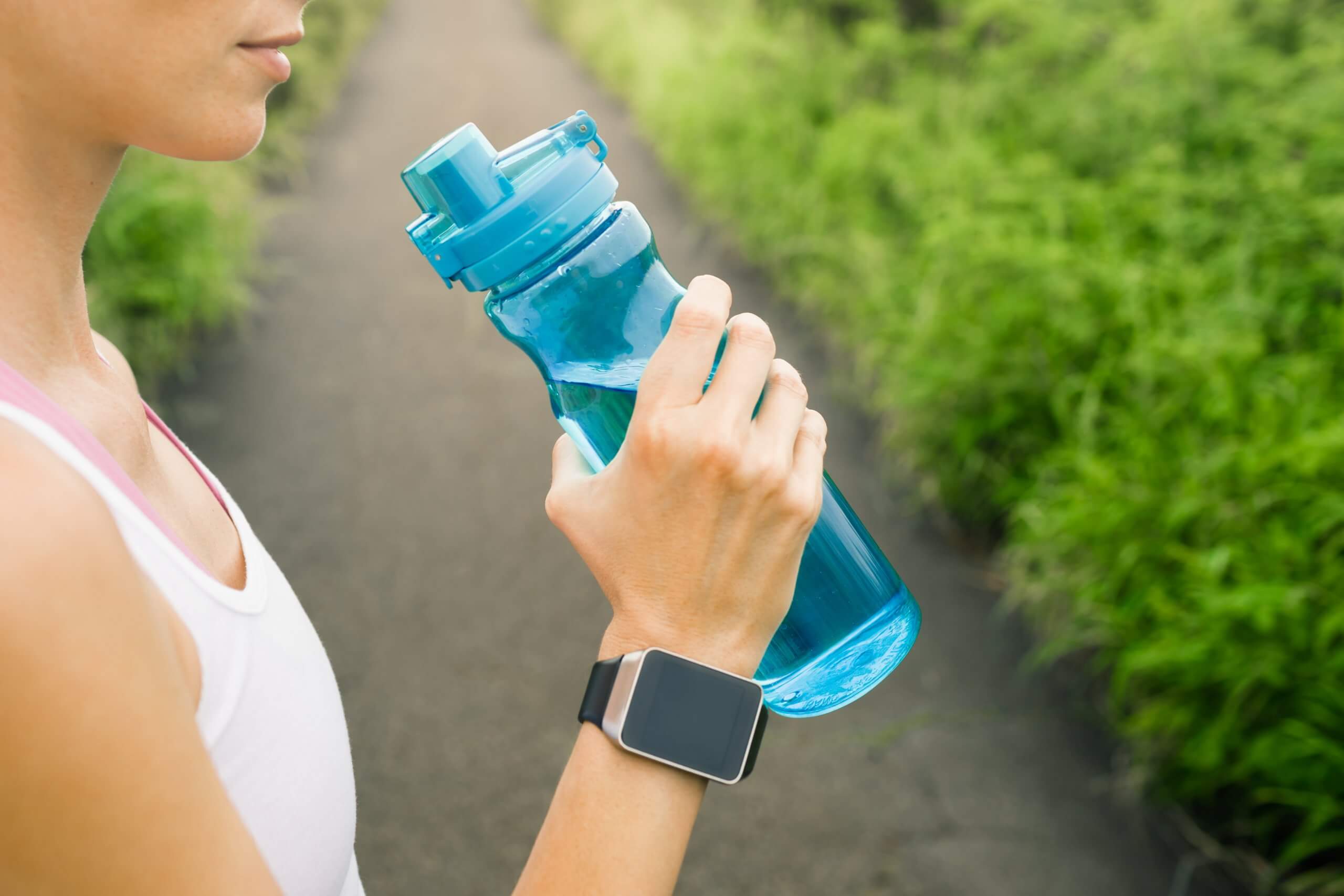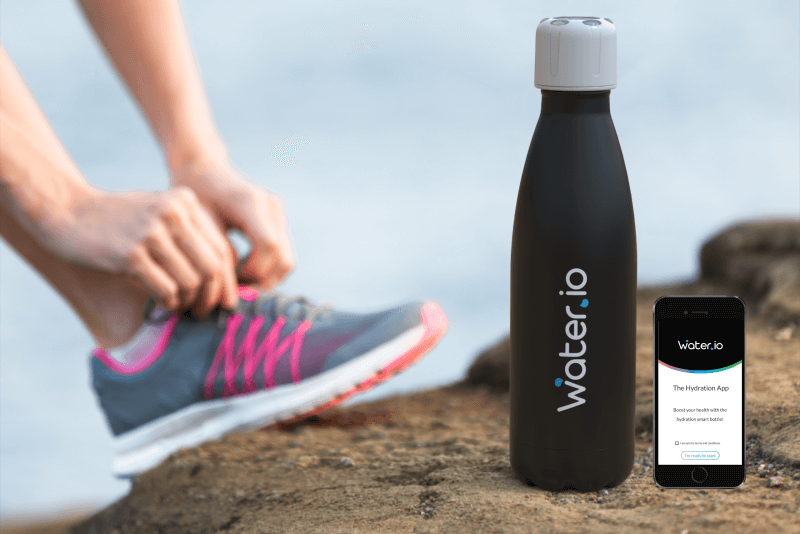These 25 Facts About Water also have tips on the small actions we can take to preserve our most precious resource.
Water is a valuable commodity as we need water to keep our bodies functioning, clean our homes, and grow our food. Below are some interesting facts about water and how it is used around the world. Our water requirements continue to increase with our population growth but the water supply is not increasing as fast.
These 25 Facts About Water also have tips on the small actions we can take to preserve our most precious resource.
- Our bodies need water and a lot of it! Our body weight is 60% water and is divided between water being present within our cells or outside of our cells.
- Each day our bodies lose 450-600 ml of water naturally and daily water intake recommendations are between 2.2-2.9 liters per day.
- As humans get older we need more water and there is a decline of our body’s water concentration that starts at age 30!
- We only use 10% of our fresh water sources because 90% of it is frozen and located in Antarctica. The largest lake, Russia’s Lake Baikal, contains 20% of the world’s fresh water.
- Scientists have discovered water reservoirs located underneath the ocean floor. It has been theorized that these underwater reservoirs contain more water than the salt water oceans above them.
- When you see an expiration date on a water bottle that is denoting the time until the bottle starts to deteriorate, water never expires!
- The most common contaminant in water is from human waste and 11% of the world’s population do not have access to clean water sources.
- Bottled water is consumed the most in the United States, China and Mexico where on average, 200 bottles are consumed per person each year. It is important to use a refillable bottle or recycle used bottles as millions of barrels of oil are used to make plastic bottles.
- NASA has developed a system to purify water in space and these purification systems are used in areas that need to filter water from rivers, lakes and streams.
- The city of San Francisco has led world communities in reducing water bottle consumption by terminating all commercially sold bottled water contracts.
- Commercial agricultural and livestock farming needs are a huge part of the world’s overall water consumption. By buying food locally and planting our own produce, we can reduce the amount of water used on commercial farms.
- By updating appliances like clothes and dish washers we can reduce the amount of water wasted. Modern appliances are made to conserve water and the modern dishwasher saves twice the amount of water used washing dishes by hand.
- Recreational uses of water in swimming pools and used for lawn or golf course watering consume millions of gallons of water each year. The average swimming pool loses 1000 gallons per month of its water by evaporation. Rain water collection to water lawns or refill pools can save ground water resources.
- Covering pools can prevent water evaporation and save hundreds of gallons of water. Also occasionally deep watering your lawn can make the ground less drought resistant, help the grass root systems grow and be more receptive to water absorption.
- Soda manufacturing uses more water than beer manufacturing. Tea requires less water to make than coffee. Opting for less water consumption, choose drinks that do not require as much water to make and use refillable beer containers or tea containers to cut back on glass and plastic waste.
- Cotton is a large water expenditure with one pound using 700 gallons of water. For our clothes try to find brands that use organic or sustainable cotton and fabric sources. Buying second hand or barely used clothing can also reduce the amount of new clothing manufactured each year.
- Electronic goods manufacturing also uses thousands of gallons of water. Buying an electronic, making it last for years instead of replacing it with a “newer model” can help reduce water consumption.
- Toilets and bathing are the highest uses of household water utilization. A toilet can use up to 6.5 gallons of water per flush, showers use on average 20-30 gallons and baths can use up to 40 gallons of water. Taking short showers and reducing flushes can conserve thousands of gallons per person each year.
- The average human consumes 12 gallons of water each day through cleaning, eating and drinking.
- Our brains are 75% water and during the first 6 months of life an infant will consume 7 times more water by weight than an adult will to help the developing brain.
- If you drink too much water, it can dilute your sodium intake and cause brain imbalances. This is known as water intoxication and most frequently happens during times of intense athletic performance.
- North America consumes the most bottled water out of all industrialized countries. Bottled water sales have increased by approximately 10% each year. European sales of bottle water have remained steady while Asia and South America are responsible for the biggest increases.
- Only 12-20% of all plastic water bottles are recycled each year. We can reduce this waste by refilling our plastic bottles with filtered water.
- To avoid poisoning ground water resources, try to use ecofriendly cleaning products that are phosphate free. Also use organic pesticides and herbicides for lawn maintenance to prevent hazardous run-off from entering the water supply.
- Installing energy saving appliances can help offset a household’s water consumption. By replacing older toilets with updated low flush toilets can save up to 60% of water used by flushing. Replacing old faucets with faucet aerators and low flow shower heads can reduce water loss up to 40%.





